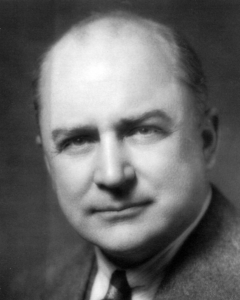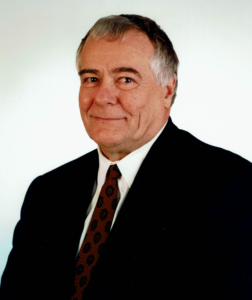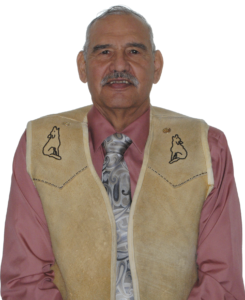The Canadian Mining Hall of Fame was conceived by the late Maurice R. Brown, former editor and publisher of The Northern Miner, as a way to recognize and honour the legendary mine finders and builders of a great Canadian industry. The Hall was established in 1988. For more information about the extraordinary individuals who have been inducted into the Hall of Fame, please go to their home website: http://mininghalloffame.ca/
Few people have done more to introduce science and technology to mineral exploration than Hans Lundberg, a visionary pioneer in the developmentand application of geophysical and geochemical methods in Canada and other parts of the world. He was the first to conduct ground geophysical
surveys in Canada in the 1920s, which led to two major discoveries in the Buchans area of Newfoundland. He was the first to attempt geochemical prospecting in Canada, and the first to integrate geophysics and geochemistry into a multi-disciplinary exploration strategy.
Lundberg’s greatest accomplishments were the first application of airborne geophysical methods in the 1940s, and his adaptations of geophysical instruments for use from aircraft. These ideas originated from his early years in Sweden, where geophysics was emerging as a new tool for finding buried mineral deposits. Lundberg graduated in 1917 from the Royal Institute of Technology, Stockholm, with a thesis entitled “Electrical Prospecting.”


























